Деякі компанії настільки відчайдушно віддаються процесу лідогенерації, що обирають не зовсім законні шляхи збору контактів для розсилки. Незважаючи на те, що існує безліч ефективних способів зібрати список email адрес потенційних клієнтів, вони роблять найбільшу маркетингову помилку — купують готові проспект-листи.
У цій статті ми знайдемо усі підводні камені цієї практики, поговоримо про те, навіщо потрібні списки розсилки та як їх складати, а також розберемося з тим, чому купувати бази контактів — останнє, що варто робити.
Зміст:
Навіщо потрібна база електронних адрес лідів
Якщо ви сумніваєтеся, чи варто збирати якісні проспект-листи, зверніть увагу на те, що зможете отримати з їх допомогою:
- Висока рентабельність інвестицій (ROI). Недаремно email-маркетинг — лідер з окупності серед усіх технік онлайн-маркетингу, що здатний приносити до 4200% ROI. Тільки уявіть: це 42 долари за кожен витрачений долар!
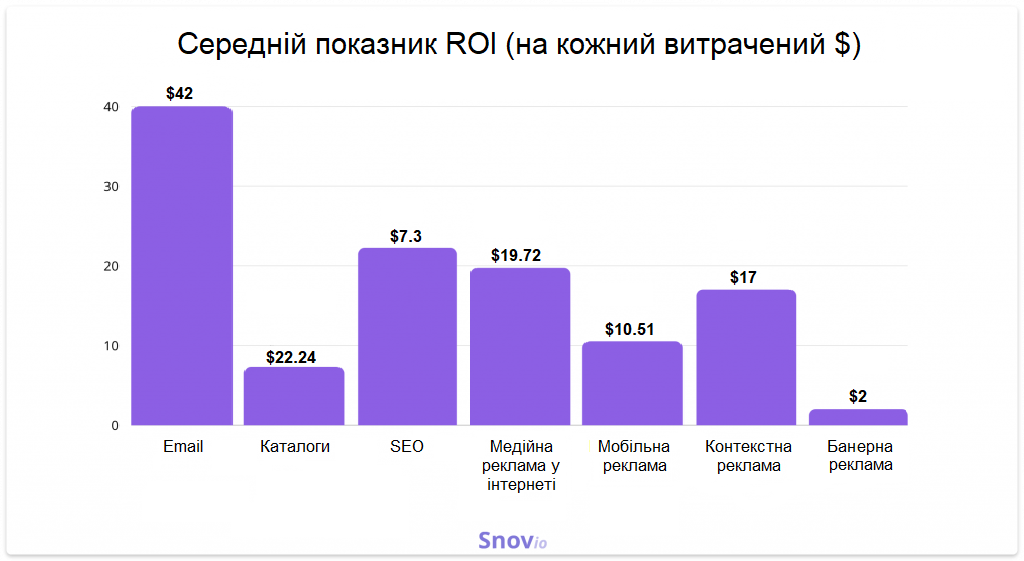
- Миттєвий контакт з ЦА. Такої швидкості та персоналізованого спілкування з лідамі як в листах неможливо домогтися за допомогою реклами, тому email розсилка по базі контактів здатна підвищити ваші продажі до 20%.
- Більш точний таргетинг. Завдяки постійному коннекту зі своїми клієнтами, ви можете зрозуміти їх потреби та дізнатися, який тип вашого контенту найбільш затребуваний ними. Сегментуючи свої поштові адреси для масової розсилки по певних демографічних (для B2C) або фірмографічних (для B2B) ознаках, ви зможете значно поліпшити свій таргетинг.
- Перетворення потенційних клієнтів у гарячих лідів. Розповідаючи своїм передплатникам цінну інформацію та нагадуючи про поновлення ваших сервісів, ви розширюєте коло активних споживачів ваших продуктів.
Як створити власний список для розсилки?
Щоб заздалегідь подбати про вашу репутацію відправника та загальний успіх email-кампаній, ваша база емейл повинна складатися з перевірених, не фейкових адрес.
Використовуйте професійні інструменти
Пошук потенційних клієнтів — це добре продумана, але рутинна праця. Тут потрібен ретельний аналіз персональних даних кожного потенційного покупця. Тому в першу чергу слід знайти канали отримання цієї інформації та розробити коректну тактику лідогенерації.
Спростити та прискорити цей процес допоможе Email Verifier від Snov.io — програма, яка автоматизує пошук електронної пошти та перевіряє валідність ваших контактів. Завдяки їй ви зможете скласти якісний список цільових адрес для продажів, рекрутингу та партнерства.
Генеруйте цінний контент для своєї аудиторії
Відома британська приказка говорить: «Давай перш, ніж брати». І вона є чи не аксіомою електронного маркетингу. Якщо ви хочете, щоб ваша email база регулярно підростала, спочатку слід розмістити на вашому лендінгу цікавий та корисний контент для потенційних клієнтів.
Крім того, інформативність сторінки повинна бути підкреслена естетичною та зручною навігацією, тому ніколи не нехтуйте можливостями UX і UI дизайну. Попрактикуватися у створенні естетичних сторінок ви можете за допомогою конструктора Figma, що включає інструменти для прототипування, розробки каркасів, векторних іконок, діаграм і багато чого іншого.
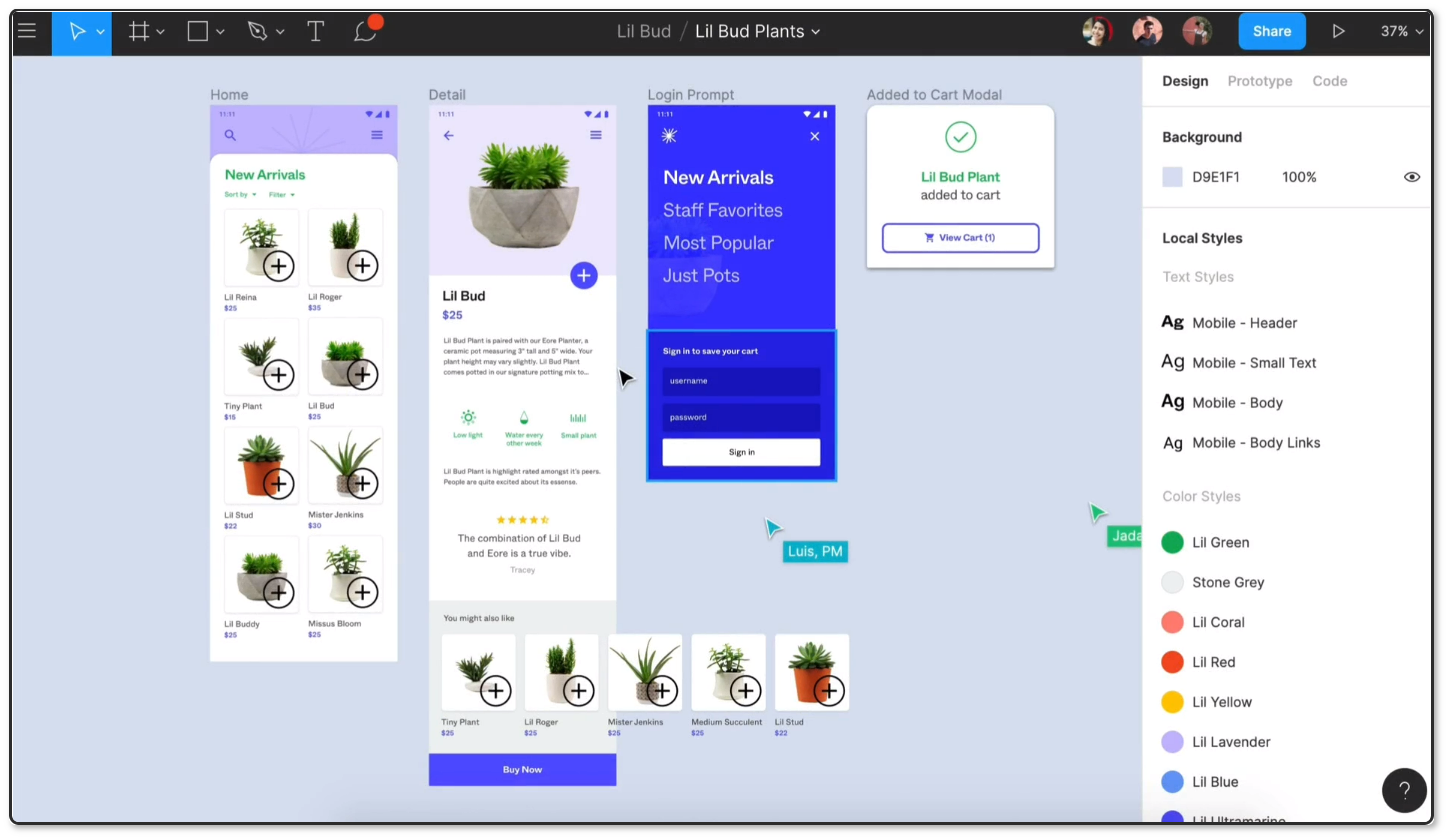
Приємна особливість сервісу — безкоштовний доступ до всіх інструментів. Правда, це стосується тільки персональних акаунтів, а ось для командної роботи потрібно оформити передплату.
Використовуйте форми для підписки
Звикайте розміщувати форми на різних сторінках вашого сайту. Так ваша база контактів буде поступово поповнюватися випадковими гостями вашого ресурсу.
Також корисно експериментувати з типами форм: фіксованими, плаваючими, вбудованими тощо. Але не забувайте: якщо ви використовуєте одноразове підтвердження підписки, вам стане в нагоді чекбокс задля наявного підтвердження згоди передплатника в кожній формі. Таким чином ваші розсилки будуть відповідати політиці GDPR та не порушать “Закон про електронні комунікації”. Наприклад:
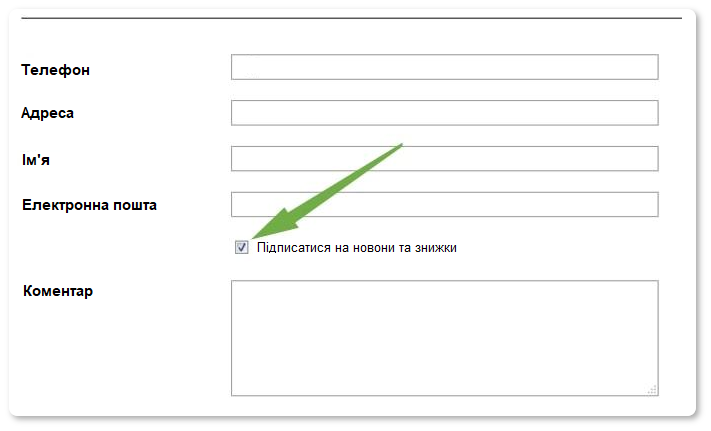
Розміщуйте double opt-in підтвердження
Хочете, щоб email-розсилка по вашій базі не закінчувалася спам-пастками та повідомленнями про жорсткі відмови? Використовуйте double opt-in підтвердження у своїх листах. Це мотивує користувачів пройти реєстрацію та підтвердити свою підписку:
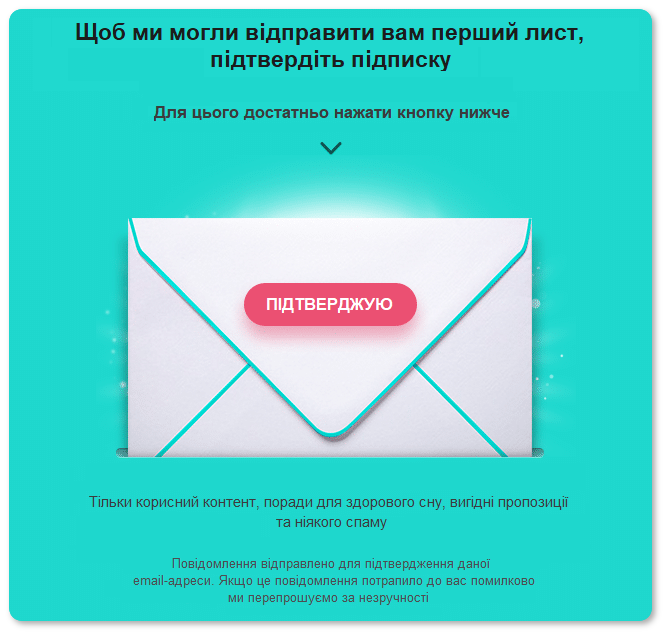
Ще одна перевага використання double opt-in — повна законність вашої бази. Якщо ви відправите меседж про підтвердження на електронні пошти, список ваших передплатників буде включати тільки тих людей, які дали явну згоду на отримання ваших листів.
Пропонуйте лід-магніти
Лід-магніт — це щось цінне, що ви готові дати своїм потенційним підписникам в обмін на їхню згоду отримувати від вас кореспонденцію. В якості такої цінності ви можете використовуватися:
- Электронна книга
- Чекліст
- Вебінар
- Шпаргалка з порадами та посиланнями по темі
- Безкоштовна пробна версія вашого продукту
Вибір ідеального лід-магніту залежить від того, яким чином сегментована ваша база адрес за категоріями та чи є універсальні пропозиції, здатні об’єднати її сегменти. Наприклад, компанія Укрзолото надає знижку за реєстрацію телефону та email у своєму додатку:
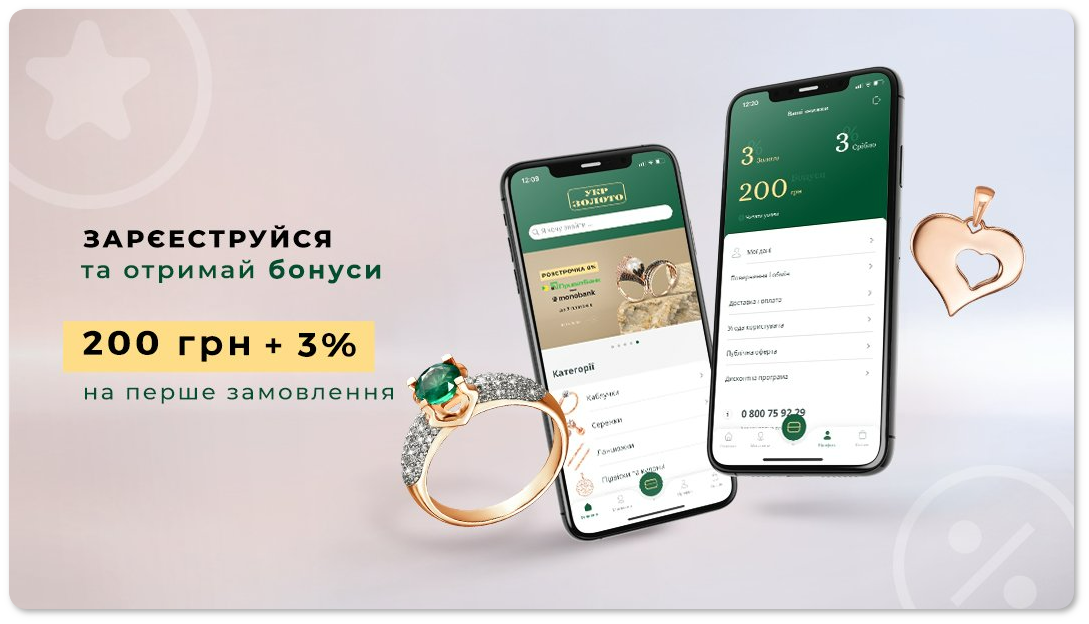
А як щодо придбання списків для розсилки?
На жаль, далеко не всі розуміють, що збір адрес — не миттєвий процес. На це потрібно витратити сили та час. Якщо ж ви хочете купити електронні адреси та працювати з готовими контактами, то ось як це робиться.
Як правило, ви можете знайти сотні ресурсів, які пропонують придбати списки цільових контактів безпосередньо у пошуковій видачі Google, щоправда російською:
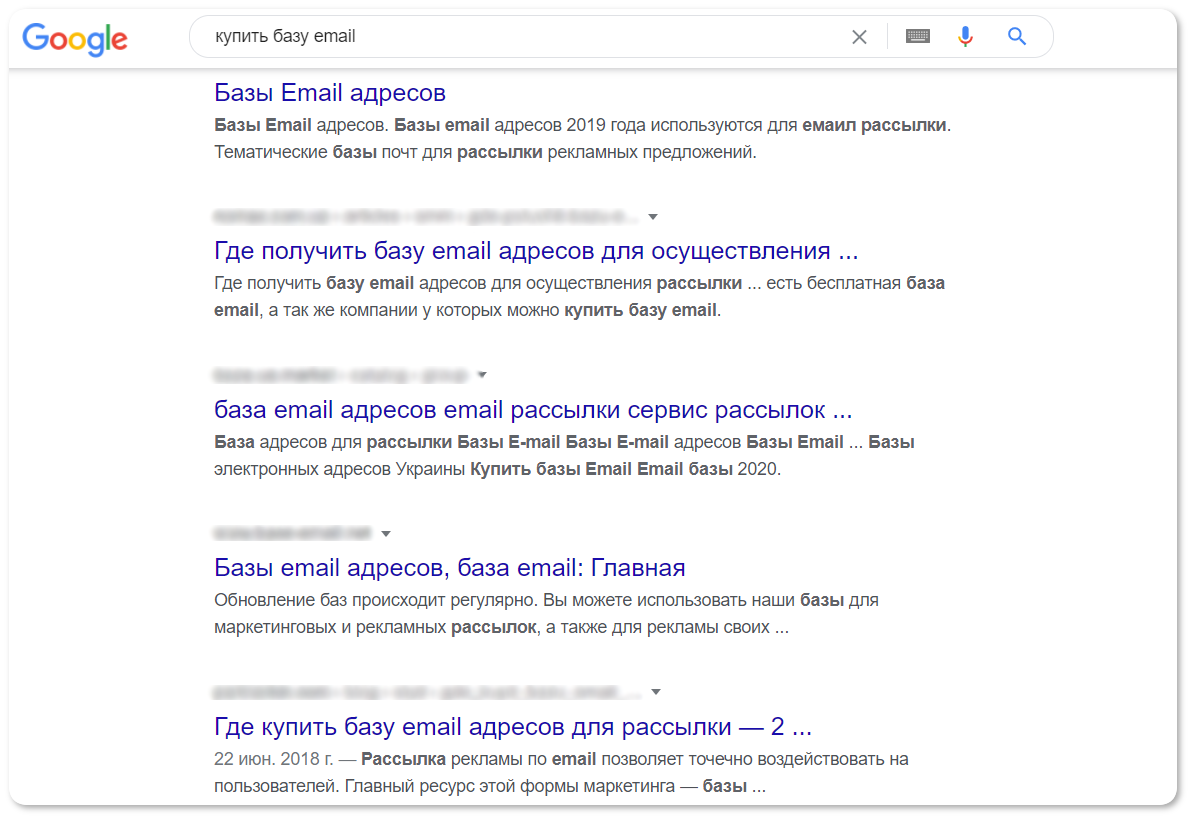
Компанії, які пропонують своїм клієнтам купити список email, зазвичай заявляють про тисячі чи навіть мільйони бізнес-адрес, згрупованих у певні категорії. Списки засновані на галузях, посадах та інших даних, які, як стверджується, мають безпосереднє відношення до вашого бізнесу. І, звичайно ж, ці компанії обіцяють надати вам тільки чисті та перевірені контакти.
Але при цьому ніхто не пояснює, як ці адреси електронної пошти було зібрано. Продавці зазвичай надають деяку загальну інформацію про пошук контактів. Часто мова йде про те, що вони зв’язуються з компаніями безпосередньо по телефону або за допомогою опитувань, знаходяться в партнерських відносинах з маркетинговими або дослідницькими агентствами тощо.
А потім ця «багатообіцяюча» база email ставить всю вашу email-кампанію під загрозу.
Отже, якщо ви запитаєте мене, чи є покупка бази контактів гарною ідеєю, я чесно відповім «НІ». І ось чому.
Чому не варто навіть думати про покупку списків для розсилки
Щоб переконати вас не купувати списки email-адрес, запропоную такі аргументи проти цієї практики:
Це абсолютно незаконно
Вам слід задуматися, перш ніж піддаватися спокусі. Якщо ви вирішите купити бази електронних адрес та використовувати їх у своїх кампаніях, вам цілком реально доведеться заплатити штраф. Причому, це питання регулюється у досить великому переліку країн — закони, що захищають громадян від нав’язливої кореспонденції є в ЄС (GDPR), США (CAN-SPAM) і в Україні (Закон про електронні комунікації).
- Загальний регламент щодо захисту даних (GDPR) встановлює сувору заборону купівлі списків адрес електронної пошти. Підписник повинен висловити явну згоду на отримання повідомлень від компанії. Якщо ж електронні пошти зібрані без відома власників поштових скриньок, штрафи можуть досягати більш ніж €20 млн євро.
- The CAN-SPAM Act встановлює правила для всіх відправників електронних листів: вони не можуть продавати або використовувати повторно адреси отримувачів після того, як вони відписалися. Порушення цього закону призведе до штрафу в розмірі до $ 42 530 за кожен електронний лист.
- Закон “Про електронні комунікації” вводить заборону на відправку листів контактам, що не дали відправнику виразної згоди на їх отримання, а також збільшує штраф за порушення прав одержувачів до ₴ 3400.
Таким чином, придбана база електронних адрес може допомогти вам влетіти у копієчку. Закони незаперечні: збір контактів повинен бути справедливим та правомірним.
ПЗ для електронного маркетингу може заблокувати ваш аккаунт
Багато платформ електронного маркетингу діють відповідно до закону та вимагають, щоб всі передплатники з вашої бази могли дати підтвердження на отримання пошти. З купленим списком такий сценарій неможливий. А якщо ви проігноруєте ці вимоги, дію вашого профілю може бути припинено.
Якість придбаних баз завжди відверто низька
Що б продавці адрес не казали вам, та якою б ефективною не обіцялася масова розсилка email на словах, якість їх баз, як правило, залишає бажати кращого. Серед найбільш поширених проблем — некоректні або неактивні адреси електронної пошти. Природно, що кількість відкриттів та переходів по посиланнях у листах в цьому випадку буде досить низьким, що поставить під сумнів результативність ваших поштових кампаній.
Швидше за все, ваші листи будуть відзначені як спам
Люди, які не давали згоди на отримання листів від вас, точно не очікують, що ваші меседжі будуть корисними. Врахуйте, що ви вторгаєтеся до їх особистого простору, тому в їхніх очах ви спамер та маєте усі шанси потрапити під спам-фільтри.
Варто зазначити, що такий сценарій можливий і без використання придбаної бази контактів, але її наявність значно підвищує ймовірність проведення спам-кампанії.
Ви можете потрапити до чорного списку
Йдеться про список IP-адрес або доменів, які ідентифікуються як відправники спаму. Поштові провайдери складають їх для боротьби з небажаною кореспонденцією. Примітно, що близько 85% усіх електронних листів є спамом за визначенням.
Як тільки запускаються ваші email-розсилки по базі придбаних контактів, ймовірність попадання ваших листів до спам-директорій одержувачів значно підвищується. Пам’ятайте, чим частіше це відбувається, тим від більшої кількості своїх передплатників ви отримуєте бан.
А ось покинути ЧС достатньо складно: вам потрібно довести поштовим провайдерам, що ви очистили свій список розсилки та більше ніколи не будете спамити. Тим не менше, немає ніякої гарантії, що вам буде надано другий шанс.
Післямова
Купівля баз контактів — це гра у свої ж ворота. Її підсумком можуть бути: значні репутаційні втрати, даремно витрачені гроші та навіть адміністративні правопорушення.
Тому краще робити ваш контент цінним для підписників, використовувати форми підписки, лід-магніти та професійні пошукові сервіси.
А якщо ви відчуваєте, що пошук електронної пошти ресурсоємний і займає багато часу, ви завжди можете скористатися набором професійних інструментів від Snov.io.
І нехай будуть з вами сили маркетингу і продажів!




